Results 1 to 10 of 26
Thread: Natural finisher from Montenegro
-
08-06-2015, 04:43 PM #1
 Natural finisher from Montenegro
Natural finisher from Montenegro
As promised in the Cretan hone thread, I'm gonna do a short writeup about stones from my region of the world, the Balkans.
The stone I own and have well tested comes from Montenegro, a country high in the mountains with a little strip of Adriatic coast. I was very surprised when I first tried this stone, I must admit I didn't believe anything in razor grade existed around here. I would be interested to know if any of the senior members here have encoutered these stones... meanwhile, here's my take on it.
The stone is fairly hard, although my stonecutter calls it "soft". It's no wonder, since he cuts granite rock for a living. In our terms, it's very hard. It doesn't self-slurry at all, to the naked eye at least. Working a slurry stone on it (tomo) takes a few minutes to get a thick, rich slurry. When honed on tomo slurry, it cuts in the medium range..of course, it's hard to rate the grit, but my guess would be around 6K. Other users of the same stone normally concur to this assumption.
Diluting the slurry works quite well and as we do, the stone cuts slower and finer. Finished on diluted slurry, the edge gets up to aggressive shave-ready, probably between 8 and 10K.
Honing on water, the feedback is similar to honing on a hard jnat (I have no other point of reference). This does depend on the finish of the surface - I like to sand this stone to 800-1000 grit, using either a DMT, or wet&dry paper. The edge gets up to solid 10K on water.
The stone further improves the edge on running water. This is something I recently discovered (hey I'm constantly learning). Very light strokes, the surface will clog slowly and similarly to other more popular stones, the razor will start sticking to it, skipping, screeching... 😉 That's one of the methods that worked well for me. Others have been successful skiping the running water part. Just goes to prove that shave-readiness is a relative term and has a different meaning for everyone.
I like my razors very sharp. When I had my first go at honing on this (same) stone, I wasn't exactly happy with the results. I mean, I was amazed that I managed to get the razor to shave. I set the bevel on Nani SS1K and then used tsushima nagura and tomo nagura, finished on water and figured I had maxed it out. However, I just had to switch to a jnat to push the edge further.
It's been at least 3 months since and I have managed to master the stone, which now gives me an edge in the range of HHT4-5. I may have written somewhere that my HHT is totally messed up. I have short hair, so use dyed, thin hair of the Mrs. I wet it, then wipe off with my finger and test. It's a hit and miss due to this, but the ultimate test (shave) is flawless... again, subjective.
Pictures coming later, when I get to my computer. Cheers!Last edited by Srdjan; 08-06-2015 at 10:18 PM. Reason: More babble...
As the time passes, so we learn.
-
08-06-2015, 05:33 PM #2Senior Member




- Join Date
- Feb 2013
- Location
- Haida Gwaii, British Columbia, Canada
- Posts
- 14,454
Thanked: 4830
It's nice that you have a go to resource for getting stones cut. I love rockhounding and have gotten some gems too. I look forward to your pictures.
It's not what you know, it's who you take fishing!
-
08-06-2015, 06:31 PM #3

Weird that I cannot attach photos to the OP. Anyway, here's some shots of the stone, my razors, stone-cutting action, etc...

Folks from Instagram have seen these already, so maybe I need to add some fresh ones, too.
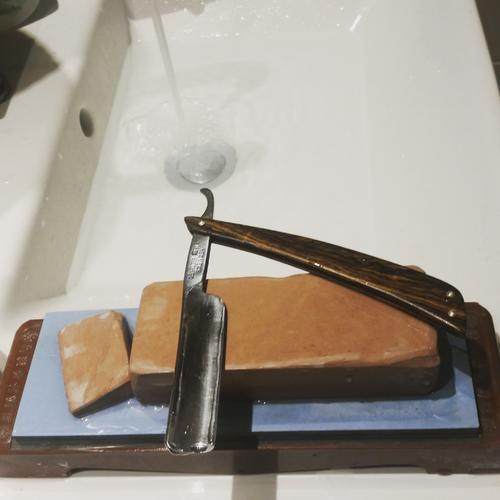
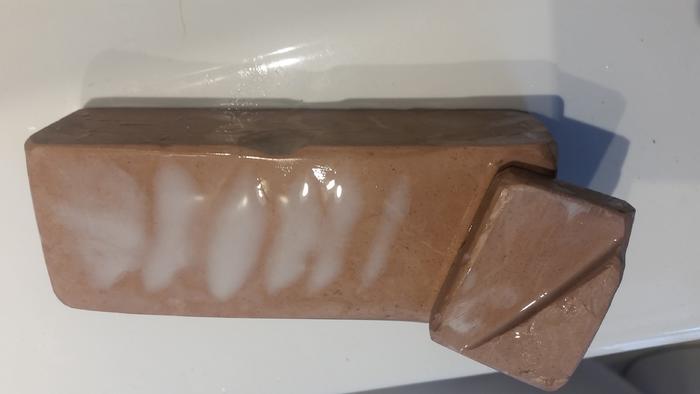
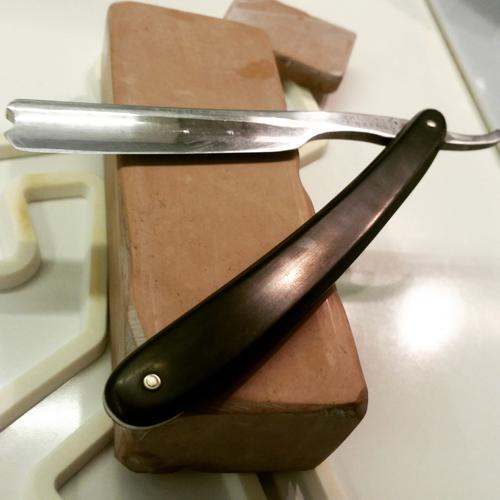
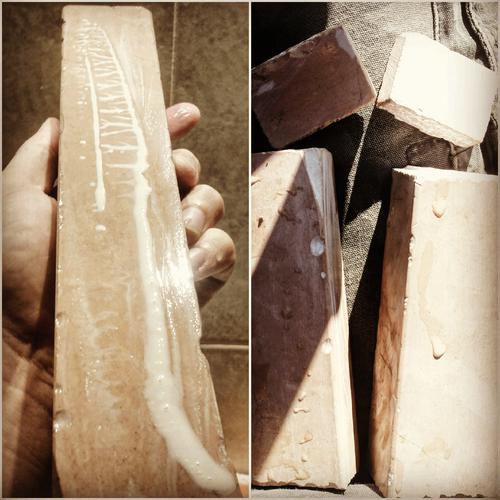
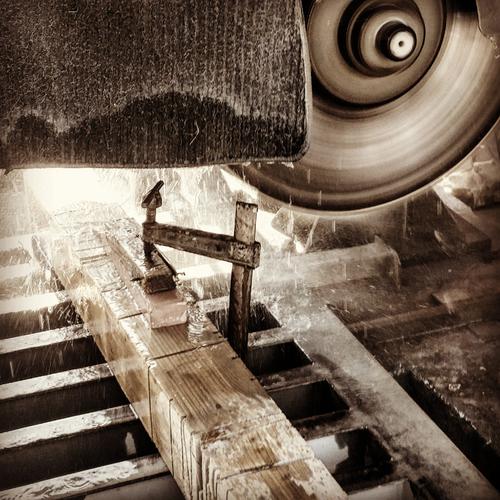 As the time passes, so we learn.
As the time passes, so we learn.
-
08-11-2015, 10:55 PM #4

This is a short news report, featuring the mine in Montenegro, where the stone comes from. Sorry, it's in a foreign language [emoji1]
https://youtu.be/r7abAv_SJbc
The most interesting I guess is the fact that it's a sedimentory stone that came up to the surface with tectonic movement, who knows how long ago - they don't use these exact words in the vid. It's extremely difficult to work with, which makes it expensive and then due to that, the demand has lessened in the recent years. Yet it's become famous due to its appealing color, so it was exported and used to rebuild e.g. parts of Venice, mostly for churches, cathedrals and squares.
There's a few stonecutters, one retired, talking about working with it, how it needs a lot of manual work and knowledge of the structure of each piece.
Closer to the end, there's a guy who built his entire house out of this stone. He pretty much talks about how easy it is to build with it (once it's cut right) and maintain it.
Yet, here we're interested in the surface and the cutting power of hones made out of this rock. I will try to get some nice closeups to show some of that.. but for now, I hope you enjoyed the short story of the mine and the little bit about the history.As the time passes, so we learn.
-
The Following User Says Thank You to Srdjan For This Useful Post:
Hirlau (08-18-2015)
-
08-12-2015, 12:53 AM #5

What an interesting post, thank you!
Cheers, Steve
-
The Following User Says Thank You to Steve56 For This Useful Post:
Srdjan (08-17-2015)
-
08-17-2015, 05:50 PM #6

I took the last chance before the sun set today and snapped a few photos I intended to show, outdoors. First photo shows the surface and the tiny grey spots, thought to be responsible for the cutting ability of the stone. I'm no chemist, nor geologist, but this is supposed to be some form of silicium oxide, or some other oxide that cuts steel (sorry, I'm sounding a bit illiterate right now). The image is a little exaggerated in contrast to show the concentration clearly. The second image shows the true look of the surface.
The second and the third photo actually aim to show the finish, after I've used some sandpaper on it. The bottom of the hone still has the rough edges, left behind by the cutting wheel and I didn't touch those much, other than just killed the sharp corners and chips. Edges on the top actually looked the same, until I lapped it. You can see that with my "manual method" of hand-sanding I couldn't (or, wasn't really willing to) remove all the dents. I now fully understand what the miners and the stone cutters were saying in the video. Actually lapping with very low grit doesn't help... quite the opposite! Go too low and the edges will start to break off again, so there's no easy way around it. I got an advice to try loose grit alu oxide, but sadly, I have no easy access to it.
The hone is 100% usable in this state, I chamfered the edges enough to not hurt the process. With time and lapping, the surface will surely expand to the full size of the hone.
https://www.dropbox.com/s/qhgkh7d9fw...edges.jpg?dl=0Last edited by Srdjan; 08-17-2015 at 06:16 PM.
-
08-17-2015, 10:55 PM #7

I don't know about the particular rock you have however that area is commonly a producer of lime, marble and limestone as well as bauxite which is Aluminum ore.
No matter how many men you kill you can't kill your successor-Emperor Nero
-
08-17-2015, 11:29 PM #8

Very true! This isn't lime, or limestone, or marble, so that leaves us with the possibility of bauxite. Looking at google images, it certainly looks like it could be it. Perhaps certain layers are a lot richer and suitable for production of aluminium.
I recently found a good piece of limestone, with similar grey dots, resembling metal oxide. Perhaps the same as in this one. The difference being, obviously hardness. Tried it on a razor, had a friend try it too, the rock gave some good results on a few razors. I believe it's rare to find a lot of usable specimens of the sort. I tried a few others, they had no cutting power at all. All good fun though!
-
09-05-2015, 03:20 PM #9

Let to join a little .
Two razors that I use in the last time, an old Solingen and other cheap Enzo, just a couple of laps on a thick slur with gradual dilution and at the end of 20- laps under clean water doing a perfect job. Enzo razor I took a couple of years ago when I started to shave with a razor , I can not remember exactly but it was quite cheap and for my term of the lower grades, however, after this stone shave with it at the level HHT4 ( softer tempered by others that I have, the steel quality is questionable, holding the blade briefly ..... ) .
It is a sufficiently well-known stone whose time will come .......
-
09-21-2015, 07:06 AM #10

Hi to all,
I just want to participate in this thread and share my finds about this stone. Also I like to share this beautiful picture of stone on first morning sun.
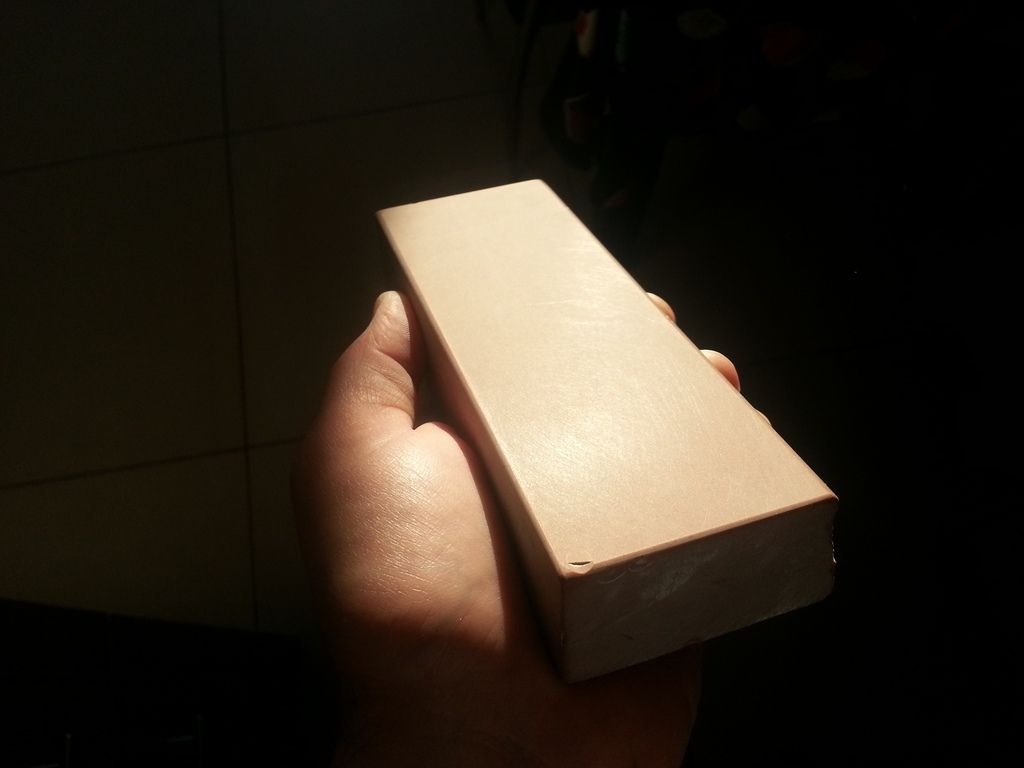
First time I got stone I try to use it after Norton 4k and i think that my stone is not able to remove scratches from Norton. Maybe with more and more slurry refreshing.
Later I did some honing and find him very good as finisher after Norton 8k.
After 8k I start with moderate slurry I rise with my Atoma400 (It's very hard stone so it's hard to get slurry with nagura I get with stone).
I do 2-3 dilution when slurry change color. After that I check edge with microscope and if I see scratches from 8k I do all this one more time. I use some pressure in this phase.
After that I do some strokes on clear water. When stone start to drag my razor I know I'm ready to move to runing water. There I do some more strokes until razor dont start to "sing". For now I find this as good progression for this stone. I still learning this stone but this is my notice for now.
After cleaning and drying razor can pass HHT2-3 right of stone. After stroping now I can get HHT4. Hope that I will master this stone even better because I like him very much.
I forget to say - shave was smooth of course.
Cheers,
DavorLast edited by davorvfr; 09-21-2015 at 07:14 AM.


 26Likes
26Likes LinkBack URL
LinkBack URL About LinkBacks
About LinkBacks







 Reply With Quote
Reply With Quote

